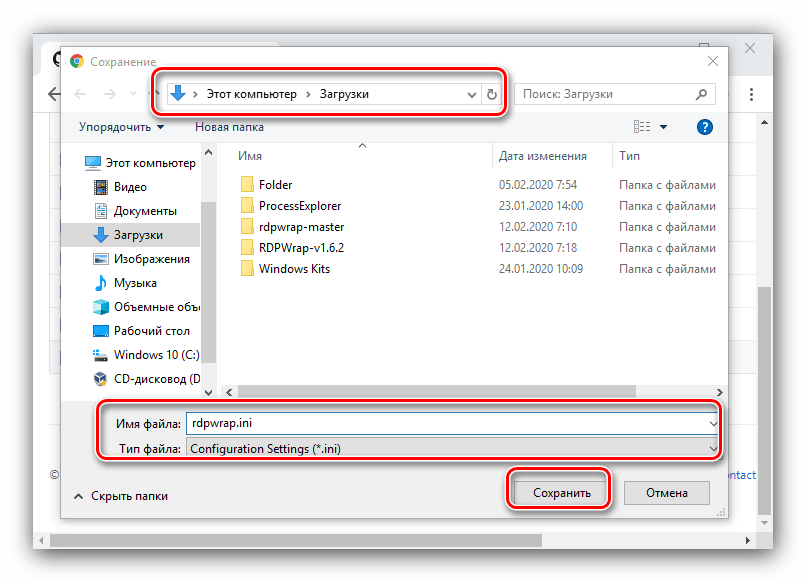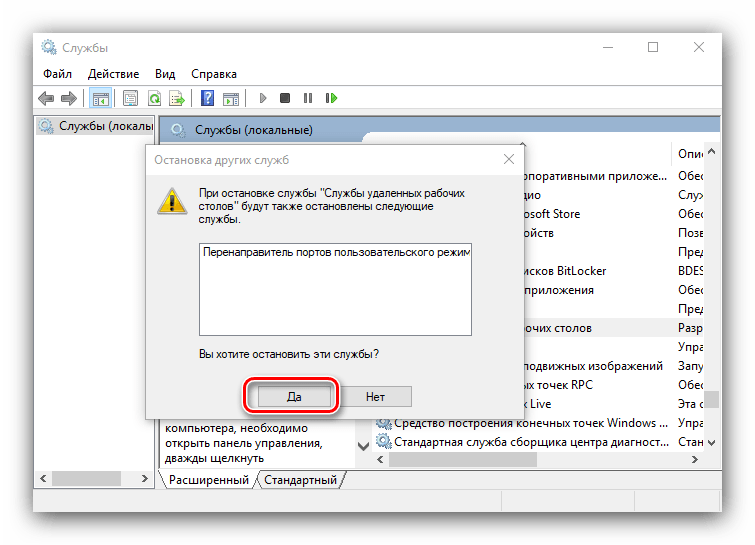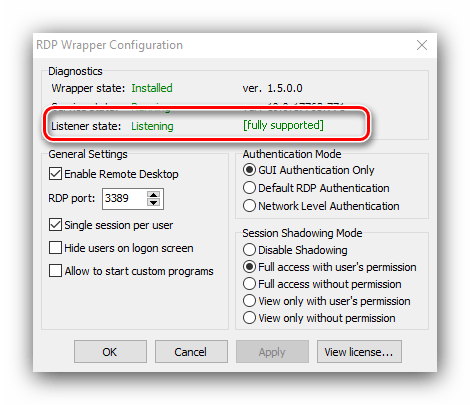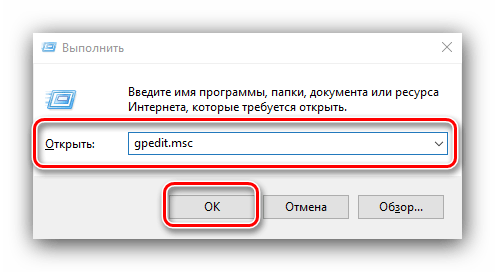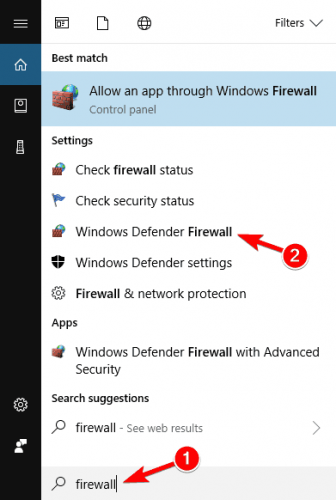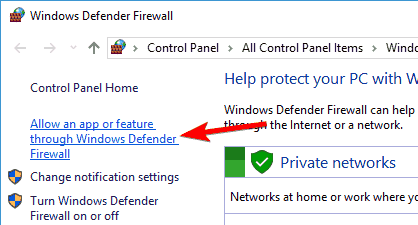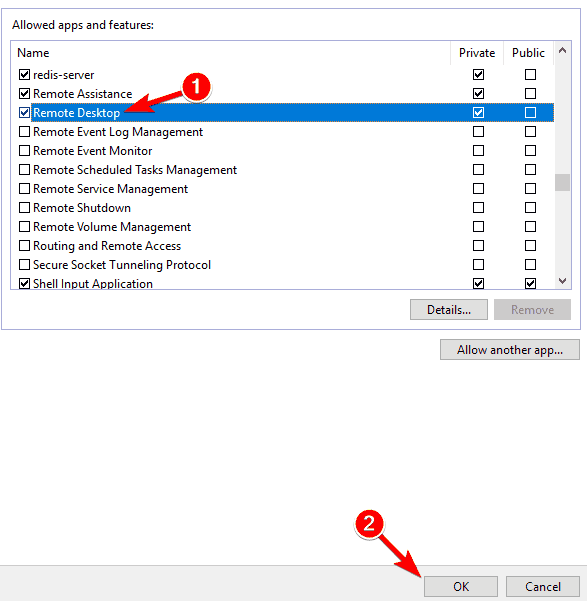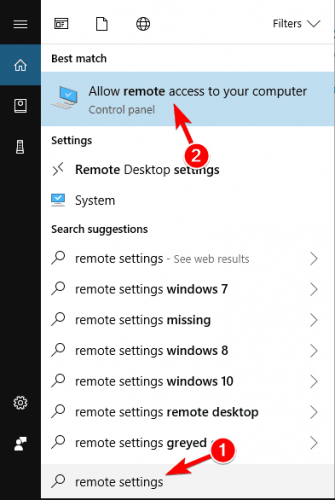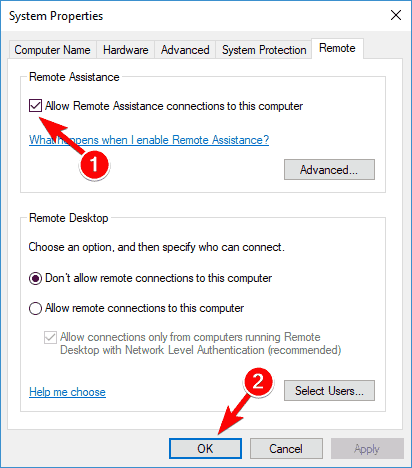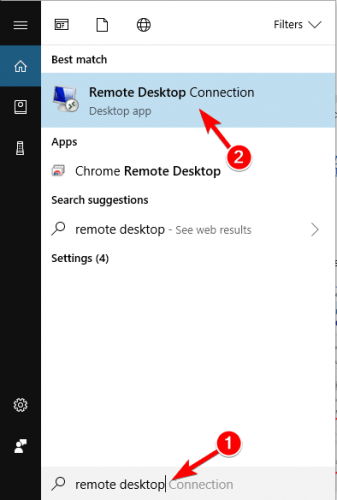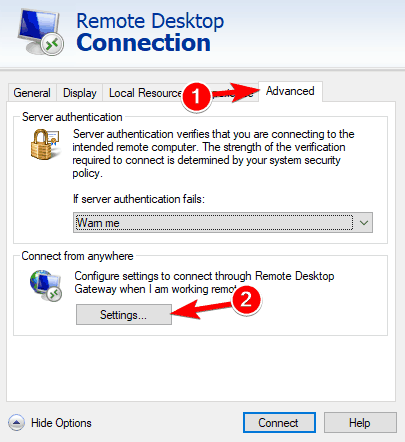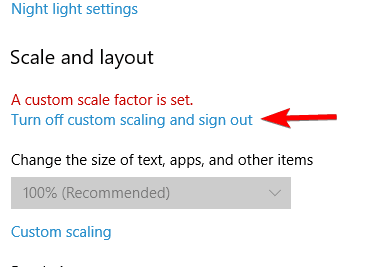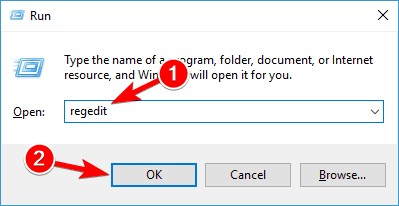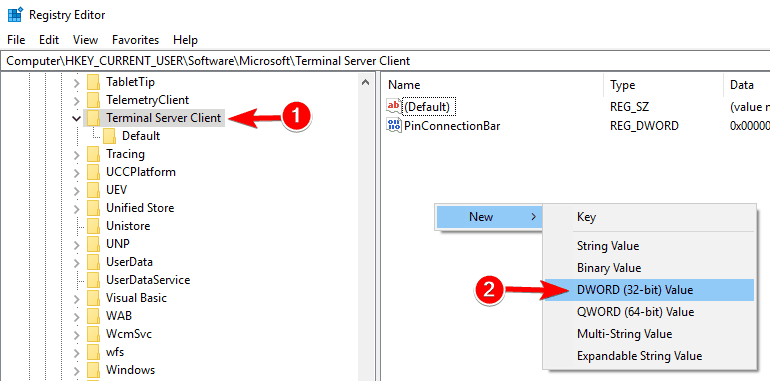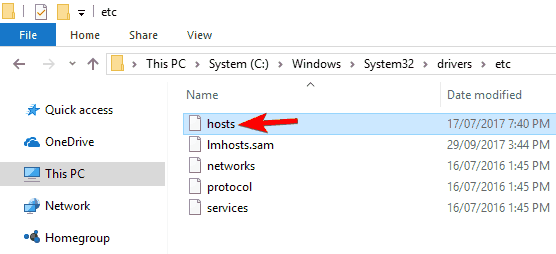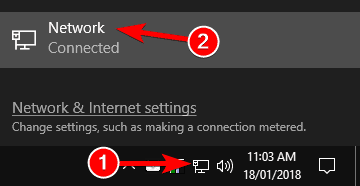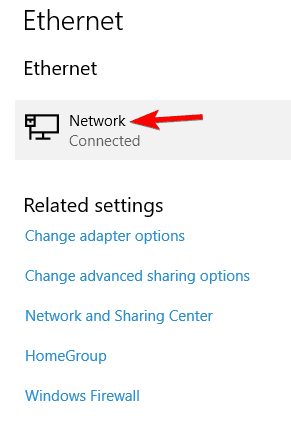Что делать, если не работает RDP Wrap после обновления Windows 10
Способ 1: Замена файла конфигурации
Проблемы с работой рассматриваемой программы возникают вследствие обновлений системной библиотеки termsrv.dll. Под каждую её версию RDP Wrap нужно конфигурировать заново. К счастью, разработчики приложения заботятся об этом сами и после каждого мажорного апдейта выпускают новый конфигурационный файл. Алгоритм его замены выглядит следующим образом:
- Перейдите по ссылке в репозиторий приложения на GitHub.
Репозиторий на GitHub
Откройте каталог res двойным щелчком левой кнопки мыши. Найдите внутри ссылку с именем rdpwrap.ini и кликните по ней правой кнопкой мыши. Выберите пункт «Сохранить ссылку как…» (в других браузерах – «Сохранить объект как…» или похожее по смыслу).
Сохраните файл rdpwrap.ini в любое подходящее место на компьютере.
После запуска списка служб найдите запись «Службы удалённых рабочих столов», выделите её и нажмите «Остановить службу».
Далее откройте «Проводник» и перейдите по следующему адресу:
C:\Program Files\RDP Wrapper
Скопируйте полученный ранее rdpwrap.ini и вставьте в эту папку.
Подтвердите замену файла.
Перезагрузите компьютер, после чего откройте монитор враппера с именем RDConfig.
Проверьте строку «Listener» – если надпись в ней гласит «Fully supported», проблема устранена.
Данный метод является предпочтительным, и к следующему следует прибегать только в случае отсутствия его эффективности.
Способ 2: Настройка в «Редакторе групповых политик»
Пользователи Windows 10 редакций Профессиональная и Корпоративная могут решить рассматриваемую проблему настройкой определённого параметра в «Редакторе групповых политик».
- Вызовите средство «Выполнить» (шаг 3 Способа 1), в котором введите запрос gpedit.msc.
Перейдите по следующему пути:
Конфигурация компьютера/Административные шаблоны/Компоненты Windows/Службы удаленных рабочих столов/Узел сеансов удаленных рабочих столов/Подключения
Дважды кликните по политике «Ограничить количество подключений».
Установите положение «Включено», после чего измените значение максимального количество подключений на 999999 . Сохраните изменения последовательным нажатием на кнопки «Применить» и «ОК».
Закройте «Редактор групповых политик» и перезагрузите компьютер.
Описанная выше манипуляция позволит решить проблему, но является потенциально небезопасной, поэтому используйте её в самом крайнем случае.
Не работает RDP в целом
Порой вышеприведённые действия не приводят к желаемому результату. В этом случае отметим, что скорее всего дело уже не во враппере и библиотеке. Действуйте так:
- Сначала проверьте параметры брандмауэра, как системного, так и стороннего, и разрешите в нём соединение по РДП.
Урок: Настройка брандмауэра на Windows 10
Также стоит проверить состояние портов – не исключено, что требуемый для работы нужного протокола просто закрыт.
Подробнее: Как открыть порты на Windows 10
После этого проверьте целостность компонентов ОС и восстановите их одним из возможных способов, если в этом появится необходимость.
Урок: Проверка целостности и восстановление системных файлов в Windows 10
Теперь вам известно, как нужно действовать в ситуации, когда RDP Wrapper перестал работать после обновления Windows 10, и что делать, если подключение по этому протоколу не работает в целом.
FIX: Remote Desktop Won’t Connect in Windows 10
- Remote Desktop is a very useful feature, which allows us to control our computer from another device. Some factors can cause Remote Desktop to stop working but read the article below to find plenty of solutions.
- If you don’t manage to fix the Remote Desktop you can try other remote desktop software.
- We wrote a lot more about Remote Desktop Connection so it would be useful for you to bookmark the page if you encounter problem with this tool often.
- If you experienced any other Windows 10 errors you have to check out our Windows 10 errors hub.
Remote Desktop is a very useful Windows 10 feature, which allows us to control our computer from another device.
Of course, it requires an internet connection to work, so if your computer is not properly connected to the internet, you won’t be able to use this feature.
However, even some other factors could cause Remote Desktop to stop working, and we’re going to talk about these issues and solutions for them in this article.
Speaking of issues, many users reported the following problems:
- Remote Desktop can’t connect to the remote computer for one of these reasons Windows 10 – Sometimes you might get this error message on your PC. If you encounter this problem, be sure to try all the solutions from this article.
- Windows 10 RDP client not working – Sometimes RDP client won’t work at all on your PC. This can be due to your system configuration. To fix that, make sure that you’re using a private network.
- RDP this computer can’t connect to the remote computer – This is another common problem with RDP. To fix this issue, be sure to check both your antivirus and firewall.
- Remote Desktop not working after Windows 10 upgrade – Sometimes issues with Remote Desktop can occur after installing a Windows update. To fix the issue, simply remove the update and the problem will be fixed.
- Unable to connect to remote PC, please verify Remote Desktop is enabled – This is another common problem with Remote Desktop. However, you should be able to fix the problem using one of our solutions.
- Windows 10 Remote Desktop credentials did not work – If you encounter this error on your PC, you might be able to fix it simply by removing your saved credentials.
- Remote Desktop cannot connect error, certificate expired invalid, in the time allotted – There are various errors that can appear while trying to use the Remote Desktop feature. However, you should be able to fix them using one of our solutions.
- Remote Desktop won’t connect over the Internet – This is another problem related to the Remote Desktop feature. If Remote Desktop can’t connect, be sure to check your firewall and antivirus settings.
There are a few causes of Remote Desktop problems in Windows 10, and they are a limited network connection, not enough memory, and wrong firewall settings.
So, if you can’t connect to Remote Desktop in Windows 10, make sure your computer doesn’t have any of the above-mentioned issues.
How do I solve problems with Remote Desktop in Windows 10?
Solution 1 – Check your internet connection
As I said, the Internet is required for Remote Desktop to connect with the other device. So, check if everything is okay with your internet connection.
If you determine that you have some problems connecting to the internet, check out our articles about Internet problems and Limited internet connection in Windows 10, and you might find the solution.
Solution 2 – Change Firewall Settings
Windows Firewall is also one of the most common causes of Remote Desktop problems. If Remote Desktop is blocked by Firewall, you won’t be able to connect it with another device.
To check if Windows Firewall blocked Remote Desktop, do the following:
- Go to Search, type firewall and open Windows Defender Firewall.
- Go to Allow an app or feature through Windows Firewall.
- Click on Change Settings.
- Find Remote Desktop, check it, and click OK to save changes.
Now try to connect your computers via Remote Desktop, and it should work.
Remote Desktop is not enabled in Firewall by default, so if you’re running Remote Desktop for the first time, allowing it through Windows Firewall is a must.
In addition to your firewall, it’s important to check if your antivirus isn’t blocking the Remote Desktop feature.
Sometimes antivirus can interfere with your system and prevent this feature from working properly.
In some cases, you might have to uninstall your antivirus in order to fix this issue.
If you’re looking for a new antivirus that is compatible with Remote Desktop, we suggest that you consider Bitdefender.
This antivirus is currently Nr.1 in the world and offers great protection and abundance of features, so we strongly recommend you secure your PC with it.
It also works great with Windows 10, so it won’t interfere with other processes and apps thus creating problems.
Solution 3 – Check if remote connections are allowed
Just like you need to allow Remote Desktop through the Firewall, you also need to allow remote connections on your computer, if you’re using this feature for the first time.
To enable remote connections on your Windows 10 computer, do the following:
- Go to Search, type remote settings, and open Allow Remote connections to your computer.
- Check Allow remote connections to this computer and click OK to save changes.
Remote connections are now enabled, and you should try to connect again. We also noticed another possible issue that could prevent using Remote Desktop.
If the computer you want to connect to remotely is in the Sleep or Hibernate mode, the connection won’t be possible, so check if the computer is ‘awake,’ and then try to connect again.
Solution 4 – Use a third-party application
If you still can’t fix the problem with Remote Desktop on your PC, you might be interested in a third-party solution.
There are many great third-party applications for a remote control that are user-friendly and simple to use.
If you’re looking for third-party remote control software, be sure to try Mikogo.
This application is simple to use, allows you to share your screen with multiple participants and customize your sessions in multiple ways, from selecting the transmission speed to pausing sessions.
Solution 5 – Remove your credentials from Remote Desktop
According to users, sometimes Remote Desktop won’t connect due to problems with your credentials. However, you can fix that issue simply by removing the saved credentials. To do that, just follow these steps:
- Press Windows Key + S and enter remote desktop. Click on Remote Desktop Connection from the menu.
- When Remote Desktop Connection window opens, go to Advanced tab and click on Settings.
- Now click on Delete Credentials.
After deleting your credentials, check if the problem still persists. Many users reported that this solution fixed the problem for them, so be sure to try it out.
Solution 6 – Turn off custom scaling
If Remote Desktop won’t connect, the problem might be related to custom scaling. Many users use custom scaling on larger monitors, but sometimes this feature can cause problems with Remote Desktop.
However, you can fix that simply by turning custom scaling off. To do that, just do the following:
- Open the Settings app. You can do that simply by pressing Windows Key + I shortcut.
- Once the Settings app opens, go to System section.
- If custom scaling is turned on, you should see A custom scale factor is set message. Click on Turn off custom scaling and sign out.
Once you sign back in, the scaling should be set to default and all problems with Remote Desktop will be resolved.
Many users reported that this solution worked for them, so we strongly recommend you to try it out.
Solution 7 – Make changes to your registry
According to users, you might be able to fix this problem by making one small change to your registry. To do that, follow these steps:
- Press Windows Key + R and enter regedit. Press Enter or click OK to start Registry Editor.
- In the left pane, navigate to HKEY_CURRENT_USER\Software\Microsoft\Terminal Server Client key. In the right pane, right click the empty space and choose New > DWORD (32-bit) Value. Enter RDGClientTransport as the name of the new DWORD.
- Double click newly created RDGClientTransport DWORD to open its properties. Set Value data to 1 and click on OK to save changes.
After making these changes, check if the problem still persists. This might be a slightly advanced solution, but many users reported that it worked for them, so you might want to try it out.
Solution 8 – Add the IP address and server name to the hosts file
Several users reported that they were unable to use Remote Desktop due to their hosts file.
According to them, to fix the issue, you need to manually add the IP address and the server name to the host’s file on your PC.
To do that, navigate to C:WindowsSystem32Driversetc directory and edit the hosts file with Notepad.
Keep in mind that hosts file is a system file, so if you want to modify it, you’ll need administrative privileges.
For more information on how to modify your hosts file and gain administrative privileges, we strongly recommend to check Access denied when editing hosts file article.
Once you make changes to your hosts file, the issue with Remote Desktop should be resolved.
Solution 9 – Check if 3389 port is enabled
If Remote Desktop won’t connect, the problem might be your firewall. Your firewall can block certain ports in order to protect your PC, but sometimes your firewall can block certain ports by mistake.
For example, port 3389 is used by Remote Desktop, and if your firewall is blocking this port, you won’t be able to use this feature at all.
If this port is enabled, but the issue still appears, try disabling and enabling your firewall. Sometimes a quick firewall reset can fix the problem, so you might want to try that.
Solution 10 – Change your connection from Public to Private
In order to protect your PC, remote connections are disabled if you’re using a Public connection. However, you can easily switch to Private connection by doing the following:
- Click the network icon in the bottom right corner of your Taskbar and click on your network connection. In our case, the name of the network connection is Network, but it might be different on your PC.
- Click on your network connection name.
- Select Private as your network profile.
After doing that, the problem with Remote Desktop should be completely resolved.
That’s about it, I hope at least some of these solutions helped you with connection problems with Remote Desktop in Windows 10.
If you have any comments or questions, just reach for the comment section below, and we’ll try to assist you further.
FAQ: Read more about Remode Desktop Connection
Open the Remote Desktop Connection, type the name of the computer that you want to connect to in the Computer box, and then click Connect. If it gets complicated, read our complete guide on how to use Remote Desktop Connection.
- How do I setup Remote Desktop on Windows 10?
To enable Remote Desktop, click on Enable Remote Desktop from the System options . If you can’t find it, read our perfect guide on how to enable it in Windows 10.
Editor’s Note: This post was originally published in February 2018 and has been since revamped and updated in March 2020 for freshness, accuracy, and comprehensiveness.



